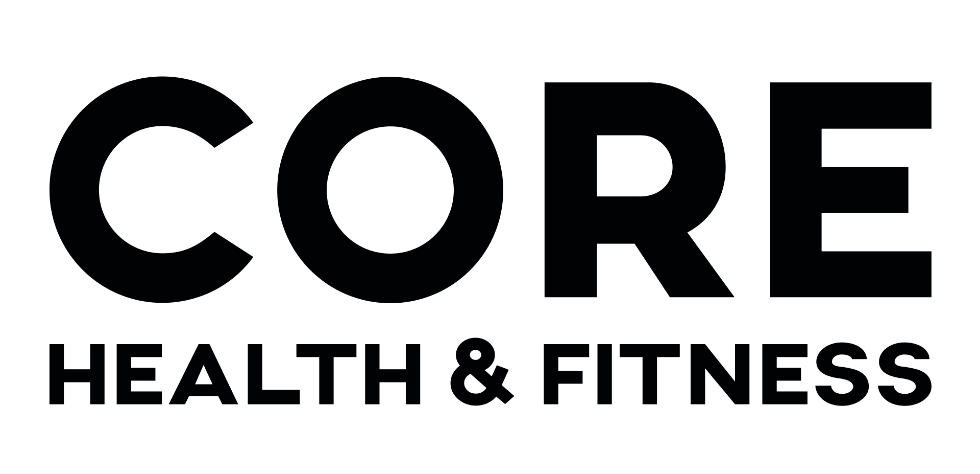VANCOUVER, WA AUGUST 15, 2019 – In a previous article, I wrote on “The Amenity War In Wellness Living Real Estate”, in which I touched on the new standard renters hold for their quality of living. Today, developers like Bond Companies and Morgan Holdings, view amenities, especially fitness, health, and wellness facilities, as the most significant appeal of their multifamily properties, and for good reason. Ryan Morgan, Project Manager with Morgan Holdings went so far as to say, “We actually design around the amenity spaces.”
Before, the goal was to fill the room with equipment. This would often lead to a clustered, dusty, and very underused part of the property. Now, the intention is to make the fitness space as open and functional as possible. One way to help make the space most efficient is to incorporate virtual fitness features. If you haven’t yet invested time into learning more about the virtual fitness trends, the time is now. Along with saving the facility space, this also saves money. With just one piece of equipment, you can offer hundreds of different types of fitness classes and/or workout programs. Compare the cost of incorporating this service versus hiring a hand full of fitness or group fitness instructors. Consider what goes into not only financially maintaining a staff of instructors but also coordinating schedules, dealing with the unforeseen turnover and the effort that may go into trying to fill a particular class.
Virtual fitness offers the consumer convenience. More and more, convenience is turning into today’s currency. With a busy schedule and a 24-hour open fitness facility within walking distance from their home and or apartment – the consumer can book and schedule a fitness class or workout for themselves whenever works best for them. This is a game changer.
When building out or revamping your fitness amenities, keep in mind the correct size needed for the number of residents is very important. When creating a new fitness space, don’t underestimate the impact design features such as high ceilings, big open windows, and the correct lighting can really make when creating an atmosphere that is inviting for tenants. Bond Companies’ rule of thumb is at least 10 sqft of fitness space per dwelling unit. New fitness spaces should have two defined areas – one for strength training and cardio and another for fitness and wellness classes. The class space should have a dedicated room. Cortland suggests a minimum of 500 sqft be allocated for open class space. For example, both Cortland and Bond/Morgan properties provide equipment with fitness-on-demand training capability. Touch-screen kiosks on Cortland fitness center walls offer 600 classes on demand. Cortland surveyed 600 tenants and found that 71% said yoga would be their top choice for active play, followed by kickboxing (56%), boot camp (52%), Zumba (50%), and spinning (46%). Dead last: running clubs.
A survey done by NMHC/Kingsley survey found that 82% of renters were interested mostly in a fitness space above other amenities. It’s worth the extra thought and investment to do it right. Providing a place of living that renters can feel proud of and feel as though they can live their best life is to be able to offer value at a higher level than most competitors.






